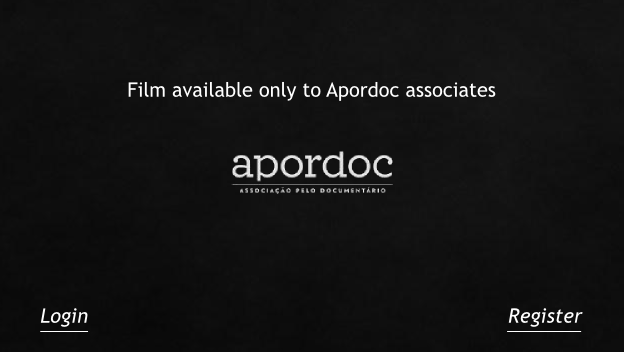
A Sunday Day in Hell
Director Jorgen Leth
Countries Denmark
Duration 111 min
Synopsis
This at once empathetic, mytho- logical approach to cycle racing (with a shift towards a simpler narration) is the same as that of Stars and Watercarriers, but for A Sunday in Hell Jørgen Leth had more than 20 camera units and a helicopter at his disposal. The film follows the French Paris-Roubaix spring classic, notorious for the hellish paved or cobbled roads of the north “which are no longer used for civilised traffic but only for transporting cattle – and for cycle races”. We are there from the dawn preparations and rituals on the outskirts of Paris and through the rigours of the race with special focus on a number of prominent cyclists to the final outcome on the Roubaix cycle track – followed by the filthy riders taking their showers. There is also an eye for life among the spectators and the media event as such. The chronology is maintained as a basic principle; for this reason the large number of cameramen had to film their wrist-watches before each shot. The film alternates between different kinds of shots with the idea of establishing the most suitable viewpoint of the narrative: shots from motorcycles, which are able to con-vey the motion of the race and provide closeups of the riders in the style of television cycle race reporting; fixed cameras stationed at strategically important points along the route, where viewers can watch riders passing in real time and thus gain a clear overview of the distance between the leaders and the main field; and the Olympian eye of the helicopter shots. Gunner Møller Pedersen’s music and the very lively accompanying sound enhance the drama, and members of the chorus of the Royal Danish Opera use the words “Paris – Roubaix – L’enfer du nord” to add a patina of the sublime. The images of the riders on the misshapen cobble-stones in enormous clouds of dust deserve emphasis as some of the most powerful images ever captured from the world of cycling.
This at once empathetic, mytho- logical approach to cycle racing (with a shift towards a simpler narration) is the same as that of Stars and Watercarriers, but for A Sunday in Hell Jørgen Leth had more than 20 camera units and a helicopter at his disposal. The film follows the French Paris-Roubaix spring classic, notorious for the hellish paved or cobbled roads of the north “which are no longer used for civilised traffic but only for transporting cattle – and for cycle races”. We are there from the dawn preparations and rituals on the outskirts of Paris and through the rigours of the race with special focus on a number of prominent cyclists to the final outcome on the Roubaix cycle track – followed by the filthy riders taking their showers. There is also an eye for life among the spectators and the media event as such. The chronology is maintained as a basic principle; for this reason the large number of cameramen had to film their wrist-watches before each shot. The film alternates between different kinds of shots with the idea of establishing the most suitable viewpoint of the narrative: shots from motorcycles, which are able to con-vey the motion of the race and provide closeups of the riders in the style of television cycle race reporting; fixed cameras stationed at strategically important points along the route, where viewers can watch riders passing in real time and thus gain a clear overview of the distance between the leaders and the main field; and the Olympian eye of the helicopter shots. Gunner Møller Pedersen’s music and the very lively accompanying sound enhance the drama, and members of the chorus of the Royal Danish Opera use the words “Paris – Roubaix – L’enfer du nord” to add a patina of the sublime. The images of the riders on the misshapen cobble-stones in enormous clouds of dust deserve emphasis as some of the most powerful images ever captured from the world of cycling.